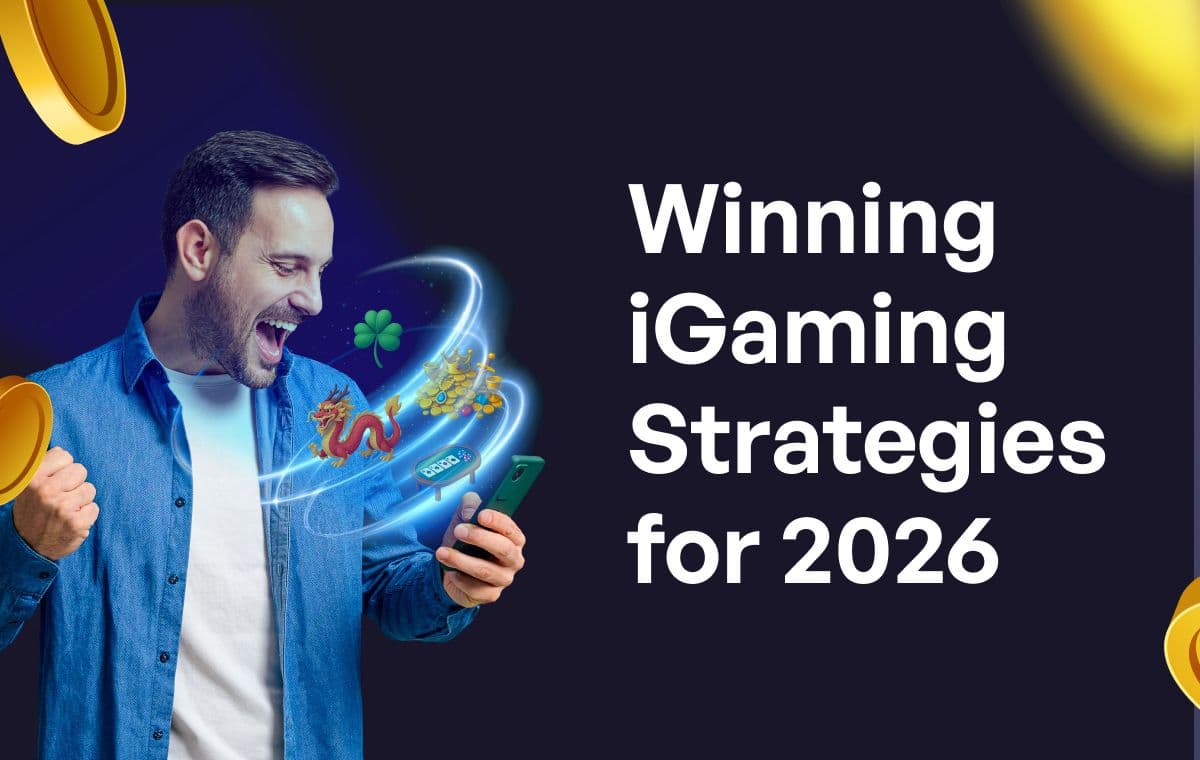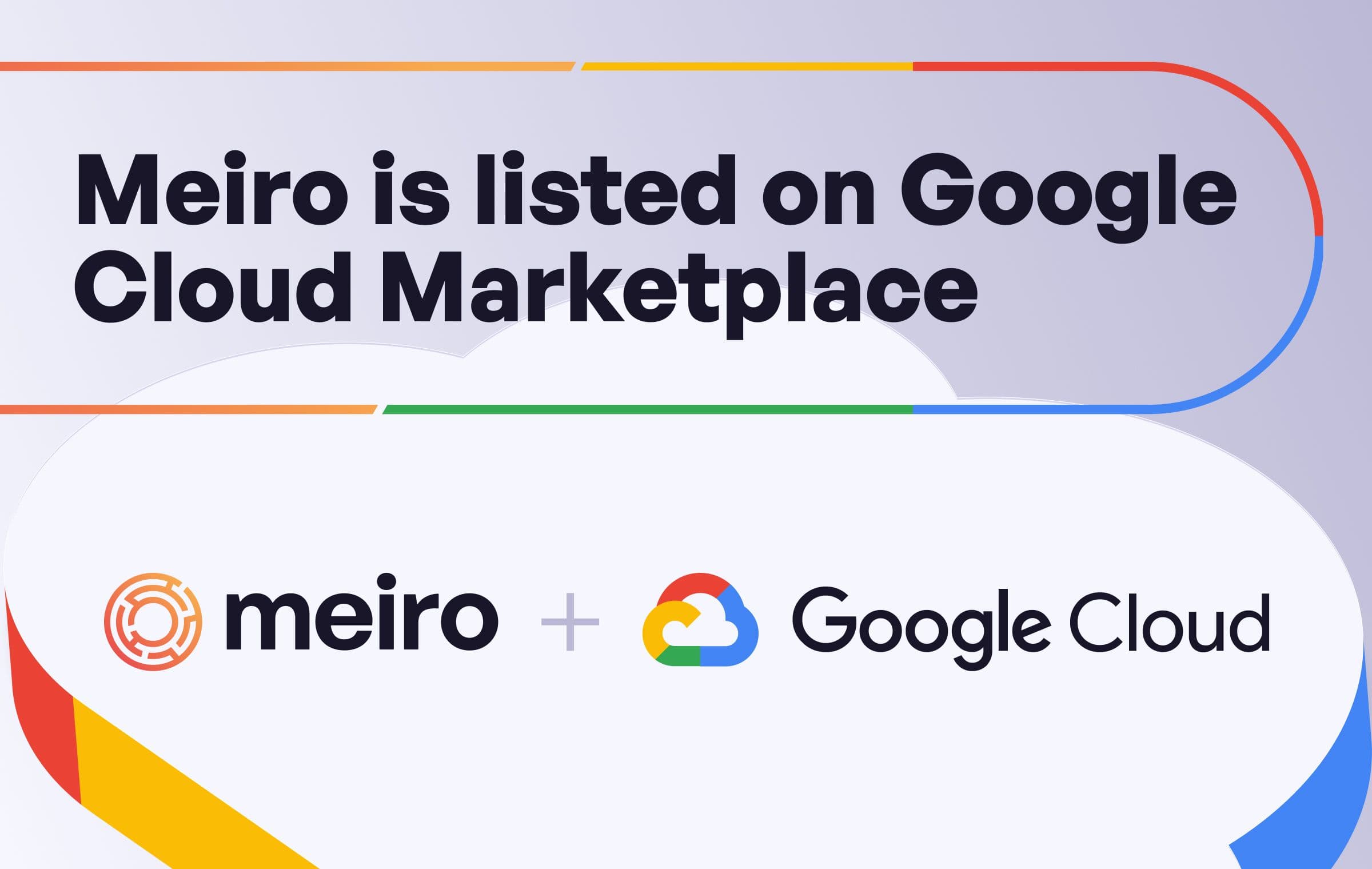How to Lower Customer Acquisition Cost with CDP and First-Party Data
In today’s rapidly evolving digital landscape, marketers face growing challenges—rising customer acquisition costs, stricter data privacy regulations, and diminishing returns from third-party data sources. To navigate these hurdles and drive impactful results, businesses must unlock the power of first-party data with CDP technology.

Solutions Consultant at Meiro
In today’s rapidly evolving digital landscape, marketers face growing challenges—rising customer acquisition costs, stricter data privacy regulations, and diminishing returns from third-party data sources. To navigate these hurdles and drive impactful results, businesses must unlock the power of first-party data. By leveraging Meiro Customer Data and Experience Platform, organizations can refine their acquisition strategies, enhance customer engagement, increase addressable audience size, and achieve meaningful ROI.
Why First-Party Data is the Key to Success
First-party data, collected directly from customers through owned channels, offers unparalleled accuracy and relevancy. Unlike third-party data, first-party insights are privacy-compliant and tailored to your audience’s preferences and behaviors. Meiro’s Customer Data and Experience Platform (CDXP) empowers businesses to harness this data effectively, turning it into actionable insights that fuel smarter campaigns.
Six Best Practices for Lowering Customer Acquisition Costs with Meiro
1. Expand Addressable Audience Size with Cross-Device Identity Resolution
Unify interactions across devices, browsers, domains, and channels for known customers and anonymous website visitors. Meiro enables the creation of enriched and unified profiles, increasing your addressable audience size. With a CDP, you can retarget these profiles with hyper-personalized experiences, driving deeper engagement and boosting customer lifetime value.
2. Create Unified, Real-Time Customer Profiles
A fragmented view of customer data leads to inefficiencies in acquisition campaigns. Meiro’s CDXP consolidates data from various online and offline touchpoints—websites, mobile apps, POS, CRM, ERP systems, and more—to build unified, real-time customer profiles. These profiles serve as the foundation for personalized and highly targeted engagement.
Example: Imagine knowing that a customer browsed high-value products on your app but abandoned their cart. Besides automated abandoned basket emails or push notifications, with Meiro, you can also instantly retarget them on social media platforms with a personalized offer, increasing the likelihood of conversion.
3. Enhance Segmentation for Hyper-Targeted Campaigns
Effective segmentation drives impactful acquisition. Meiro enables marketers to segment audiences dynamically without using a single line of code based on attributes such as browsing history, purchase behavior, and engagement level. These segments can be activated across social platforms in real-time.
Pro Tip: Use predictive analytics within Meiro to identify audiences with the highest propensity to convert. This ensures that your ad spend focuses on prospects with the greatest potential for engagement.
4. Leverage Lookalike Audiences for Scaled Growth
Expanding your reach doesn’t mean sacrificing precision. Meiro’s lookalike audience capabilities allow you to identify and target new prospects who closely resemble your best customers. These campaigns often yield higher ROI compared to generic demographic-based targeting and significantly increase the addressable audience size.
Example: Retail brands using Meiro’s lookalike audience feature increased their return on ad spend (ROAS) by up to 40% by targeting users similar to their top-tier customers.

5. Deliver Personalized Engagement in Real-Time
Leverage expanded audience reach with enriched profiles to deliver consistent, real-time personalized interactions across all customer touchpoints. Activate dynamic audience segments and adapt engagements on the fly to maximize conversions, foster loyalty, and drive impactful outcomes.
6. Build Real-Time Suppression Lists to Optimize Spend
Nothing is more wasteful than targeting customers who have already converted. Meiro’s suppression lists update in real-time, ensuring that existing customers or those already engaged are excluded from acquisition-focused campaigns.
Pro Tip: Use suppression lists for converted users and low-value prospects, redirecting the budget to higher-priority segments.
Beyond Retargeting: Elevate Your Marketing Strategy with Meiro
While social retargeting is a critical component of modern marketing, Meiro’s CDXP goes beyond by enabling:
- Cross-Channel Orchestration: Deliver consistent, personalized experiences across email, SMS, social, and more.
- Predictive Insights: Leverage AI-powered analytics to forecast customer behavior and refine your campaigns proactively.
- Data Privacy and Compliance: Ensure all retargeting efforts adhere to privacy regulations like GDPR, building trust with your audience.
The Meiro Advantage
Marketers leveraging Meiro’s capabilities report:
- 30% Higher ROAS
- 25% Improvement in Conversion Rates
- Significant Reductions in Wasted Ad Spend
By unlocking the power of first-party data and implementing these best practices, your acquisition campaigns can achieve unprecedented success while maintaining a privacy-first approach.
Table of contents
Why First-Party Data is the Key to Success Six Best Practices for Lowering Customer Acquisition Costs with Meiro 1. Expand Addressable Audience Size with Cross-Device Identity Resolution 2. Create Unified, Real-Time Customer Profiles 3. Enhance Segmentation for Hyper-Targeted Campaigns 4. Leverage Lookalike Audiences for Scaled Growth 5. Deliver Personalized Engagement in Real-Time 6. Build Real-Time Suppression Lists to Optimize Spend Beyond Retargeting: Elevate Your Marketing Strategy with Meiro The Meiro AdvantageUnleash the full potential of your customer data. Let’s talk!
Spread the love:

Candas bridges sales and technical teams as a Solutions Consultant at Meiro, driving CDP adoption, fostering client growth, and ensuring tailored solutions. She excels in crafting strategies that align with business objectives, empowering clients to unlock the full potential of Meiro's capabilities.


